Key Takeaways
- DJI has implemented temporary no-fly zones for its drones around sports venues in South Korea.
- These restrictions are designed to enhance safety and security during major international athletic competitions.
- The initiative reflects DJI’s commitment to responsible drone operation and public safety.
- Similar no-fly zones have been established by DJI at past significant global events, contributing to secure airspace management.
DJI Implements Temporary No-Fly Zones for Drones at South Korean Sports Arenas
Elevating Safety Standpoints for International Competitions
As preparations ramp up for the upcoming international athletic competitions in South Korea, DJI—renowned as the premier manufacturer of civilian drones and state-of-the-art aerial imaging technology—has announced critical updates to its drone software. This move incorporates temporary no-fly zones around key venues, specifically positioned in the picturesque regions of Pyeongchang and other notable Korean cities. The temporary flight restrictions aim to bolster safety and security measures throughout the competitive events, slated for February 2018.
Commitment to Safety
In a statement regarding the initiative, Adam Welsh, head of DJI’s Asia-Pacific Public Policy, emphasized the company’s unwavering commitment to safety. “DJI’s temporary no-fly zones were deployed in order to reduce the likelihood of drone operators inadvertently entering sensitive areas,” Welsh noted. He further highlighted DJI’s proactive approach to educating customers about legal operations and implementing no-fly zones during significant events—underscoring that the primary goal is to mitigate potential safety and security concerns.
The designated no-fly zones have been defined in accordance with guidelines from aviation authorities, ensuring a safe distance from aerodromes. The restrictions span four strategic areas: Pyeongchang, Gangneung, Bongpyeong, and Jeongseon, all situated within the scenic Gangwon Province.
Previous Applications of No-Fly Zones
This latest measure mirrors DJI’s previous actions in establishing no-fly zones around other high-profile events that warranted heightened safety and national security considerations. For instance, DJI has previously implemented similar restrictions during major gatherings such as political party conventions in the United States, the G7 Summit in Japan, and the Euro 2016 football tournament in France. This ongoing commitment to safety during significant public events allows DJI to contribute to a secure environment for all involved.
DJI’s actions embody a broader trend in which drone manufacturers are taking steps to regulate aerial activity, especially in sensitive locations. As drone usage soars and concerns about unauthorized flights increase, initiatives like these are instrumental in ensuring public safety while allowing drone enthusiasts to enjoy their hobby within the boundaries of the law.
As the countdown to the international athletic competitions continues, DJI’s no-fly zones will play an essential role in safeguarding the event experience for athletes and spectators alike. The initiative not only ensures the protection of participants and audiences but also reinforces DJI’s position as a responsible leader in the drone industry, dedicated to advancing aviation safety standards.


